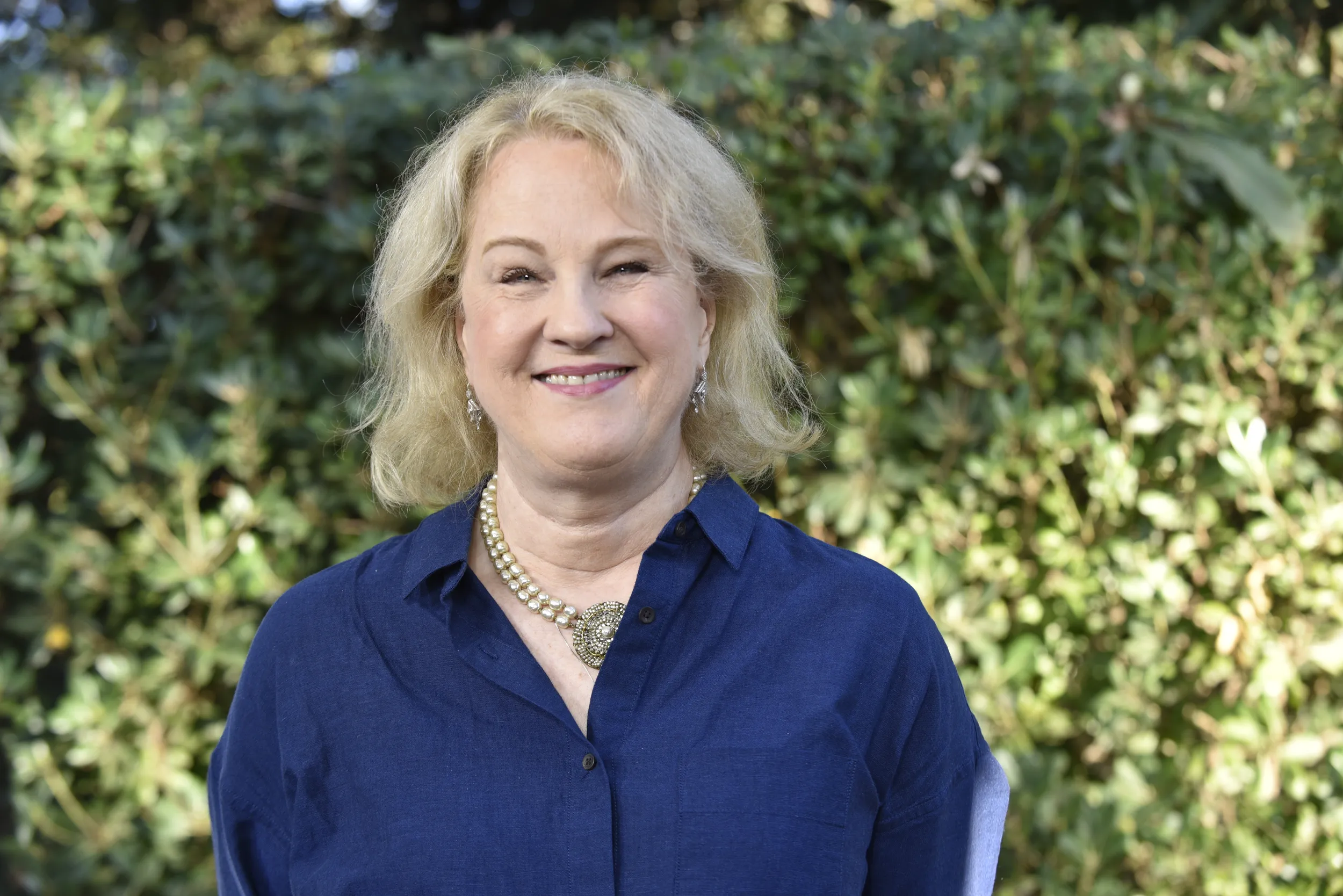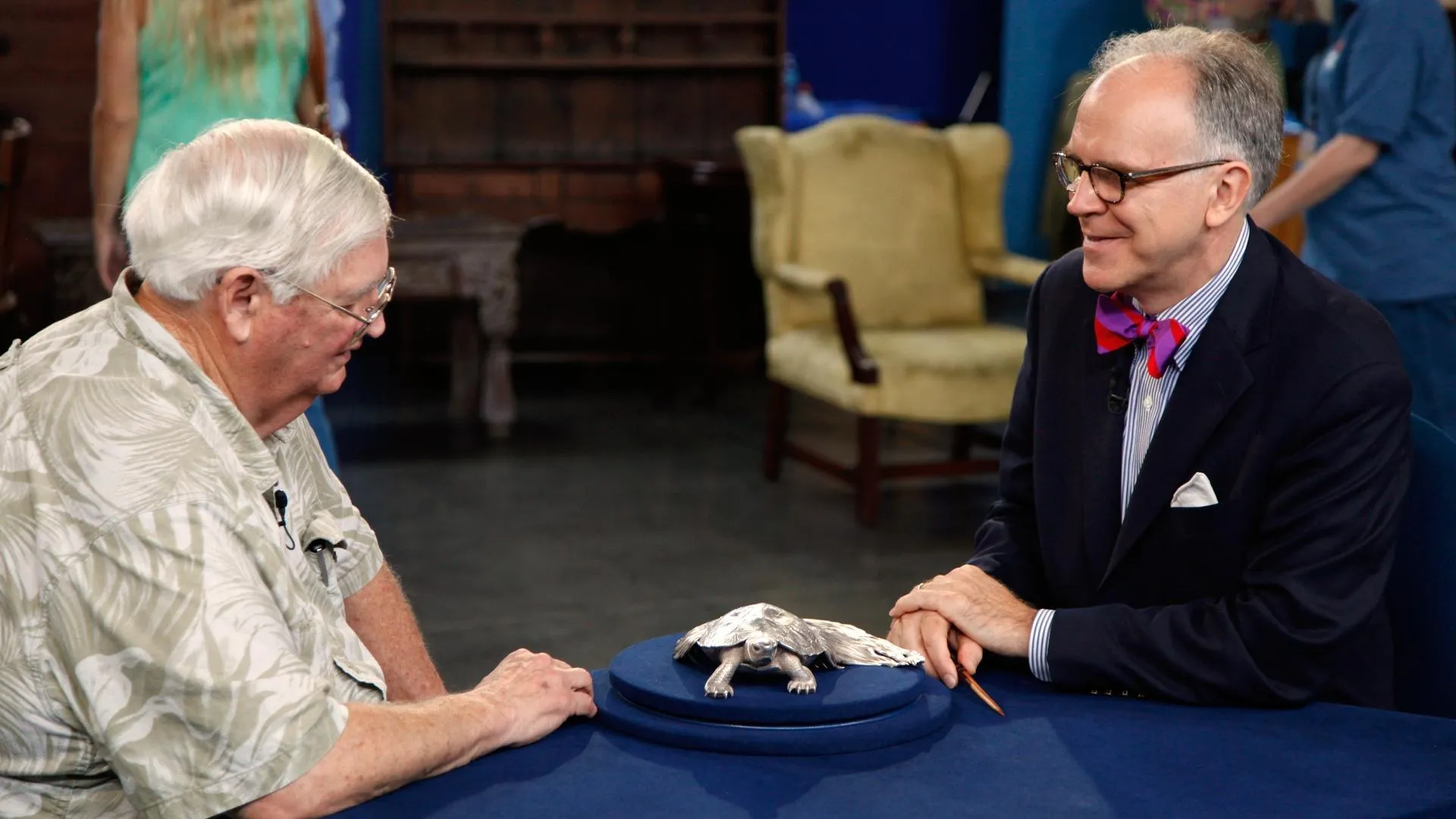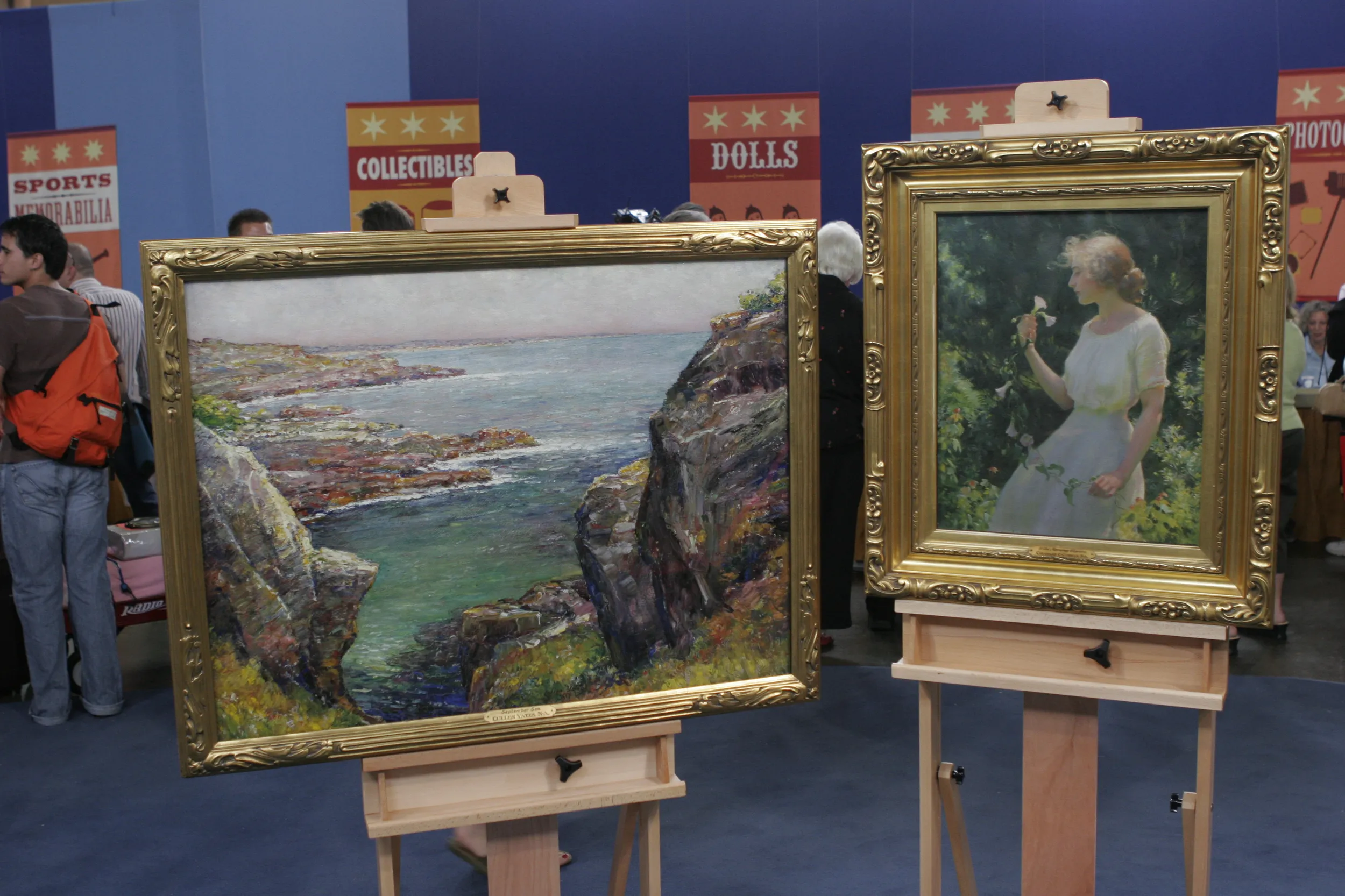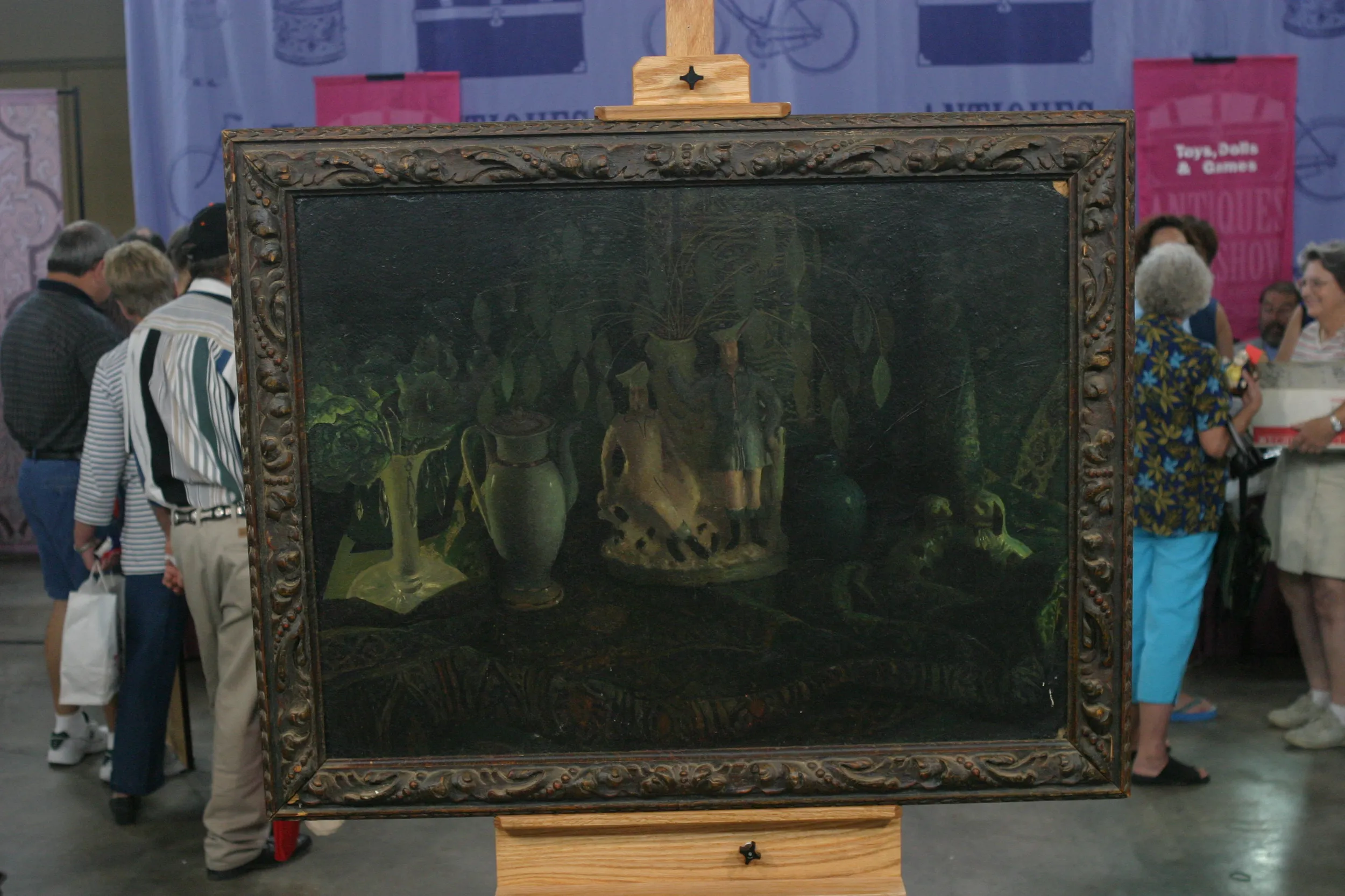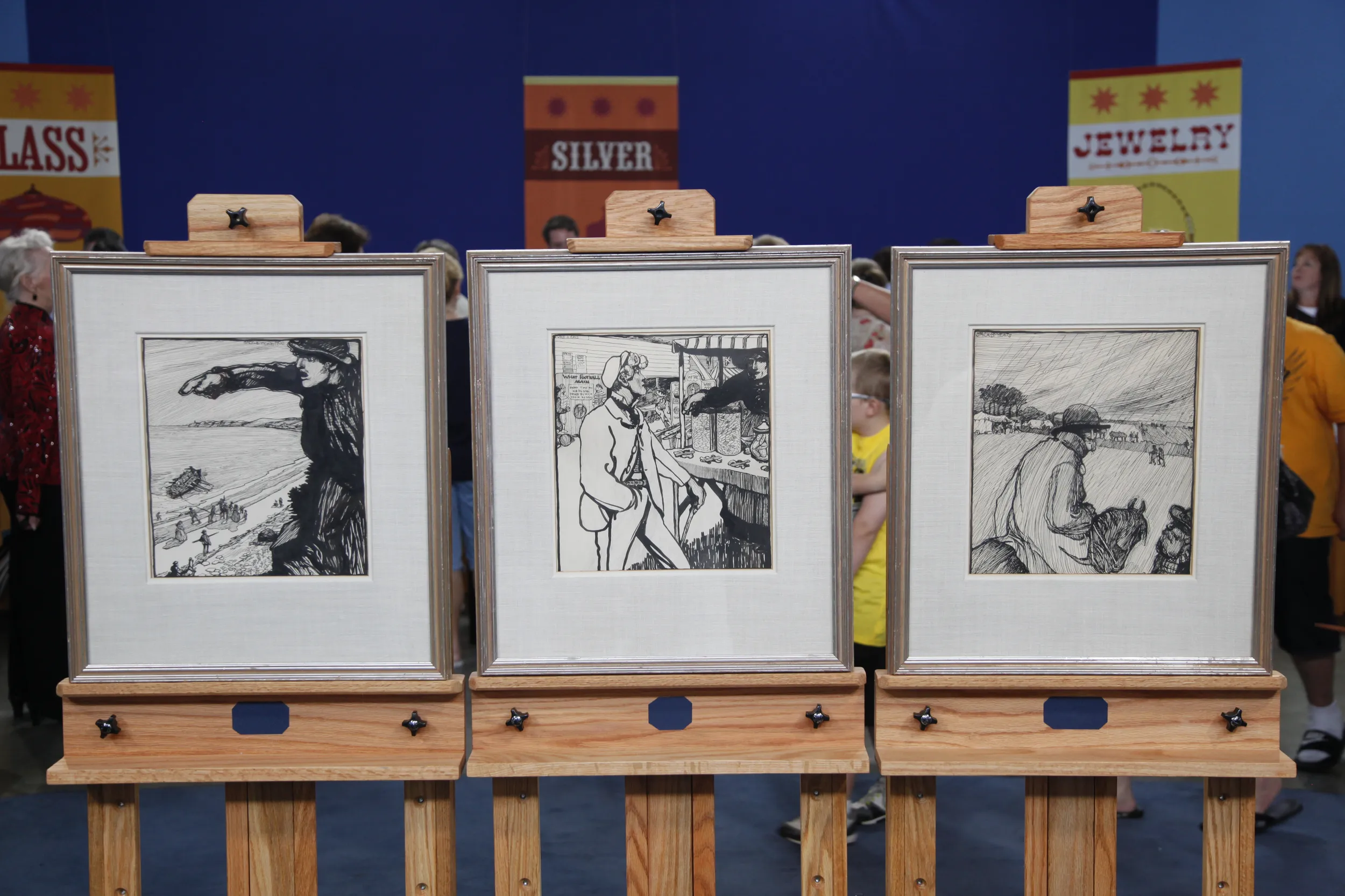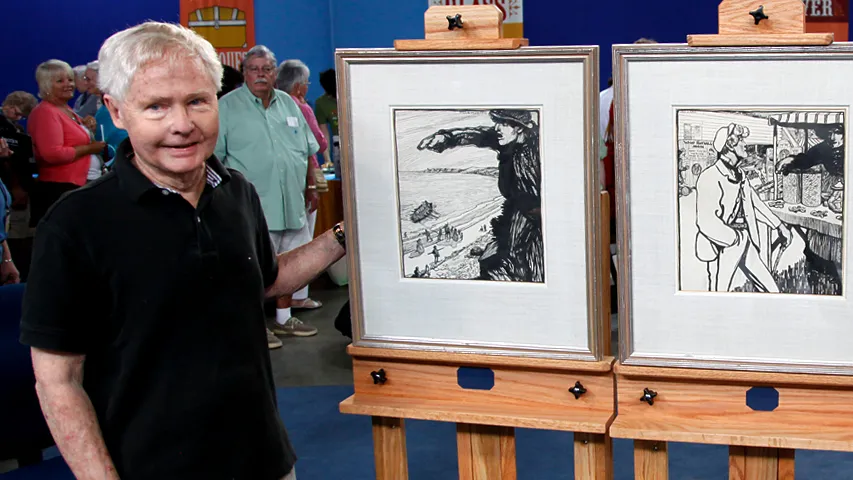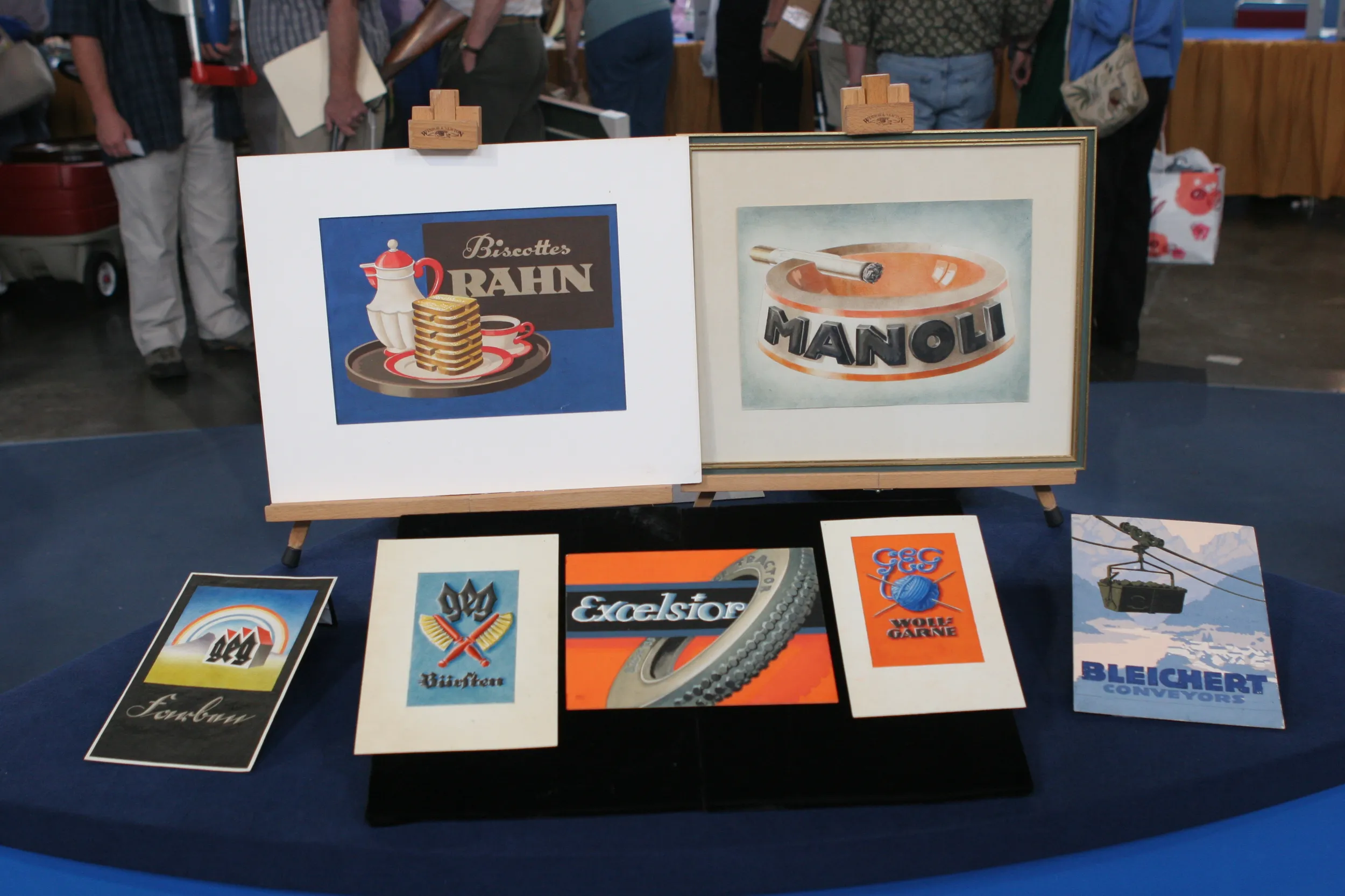GUEST: We took a trip to Dublin in 1970. And I happened to go in this art gallery, and I saw those, and I just couldn't resist.
APPRAISER: And you picked out three because you couldn't decide, or how did you...?
GUEST: I'm pretty sure that was the only three they had.
APPRAISER: Oh, I see.
GUEST: They're not...they're pretty scarce.
APPRAISER: And do you remember how much you paid for them?
GUEST: I want to say $50 each, but I can't... I'm not certain.
APPRAISER: Right.
GUEST: I'm not certain.
APPRAISER: And what is it that you like so much about the artist?
GUEST: I guess I liked it because it's so different, each one. I guess I kind of fell in love with this fellow. I mean, he's such a prince, and delightful in himself.
APPRAISER: Well, Jack B. Yeats is the artist. He is probably the most important Irish artist of the 20th century.
GUEST: I believe so.
APPRAISER: And the first Irish artist to ever sell for more than $1 million at auction.
GUEST: Oh, goodness, I didn't know that.
APPRAISER: In addition to being the brother of William Yeats, the poet and the playwright, his father was also a very well-known portrait painter. And he had really fallen into obscurity after he died in 1957. But in 1971, they had a big exhibition of his paintings at the National Gallery in Dublin, and that sort of resurrected his reputation. One of these works is dated. This one right here is actually dated 1900, and these works come from his early period when he was an illustrator. And then around 1906, he started to work in oil. And he loved painting Irish subjects. He loved painting horses, the countryside, circuses, and even Celtic mythology. The medium here is what we call pen and ink, but he really has a great bold graphic style, and he really infuses his works with a very personal vision of what he felt about the subject matter. I think I like this one the best because there's a lot going on at this fair. There's games and prizes, but I really like this sign back here that says, "Every time you kick the ball through, you get a good cigar."
GUEST: (laughing)
APPRAISER: Because of the economic downturn and the economic situation in Ireland, his works, like that of other Irish artists, have taken a little bit of a tumble. But he's still highly respected and sought after. So I would think if you were to go in a retail situation today that you might pay about $20,000 each for the two on the end, and maybe as much as $25,000 for the one in the center.
GUEST: Whoo! Gosh. I'm amazed, I'm amazed. I really am. And happy.
